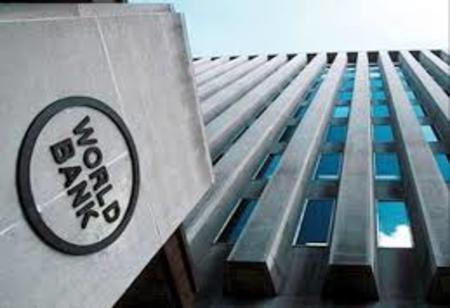
India Gets $83 Bn in Remittances in 2020: World Bank Report

 India obtained more than $83 billion in remittances in 2020, a drop of just 0.2 per cent from last year, in spite a pandemic that devastated the world economy, reveals World Bank report.
India obtained more than $83 billion in remittances in 2020, a drop of just 0.2 per cent from last year, in spite a pandemic that devastated the world economy, reveals World Bank report.China, had received $59.5 billion in remittances in 2020 against $68.3 billion the previous year, is a distant second in terms of global remittances for the year gone by, as per the latest World Bank data released on Wednesday. In 2019, India had received $83.3 billion in remittances.
The report said India’s remittances fell by just 0.2 per cent in 2020, with much of the decline due to a 17 per cent drop in remittances from the United Arab Emirates, which offset resilient flows from the United States and other host countries.
India and China are followed by Mexico ($42.8 billion), the Philippines ($34.9 billion), Egypt ($29.6 billion), Pakistan ($26 billion), France ($24.4 billion) and Bangladesh ($21 billion), it showed.
In neighbouring Pakistan, remittances rose by about 17 per cent, with the biggest growth coming from Saudi Arabia, followed by the European Union countries and the United Arab Emirates.
.
“As COVID-19 still devastates families around the world, remittances continue to provide a critical lifeline for the poor and vulnerable,” said Michal Rutkowski, Global Director of the Social Protection and Jobs Global Practice at the World Bank.
“Supportive policy responses, together with national social protection systems, should continue to be inclusive of all communities, including migrants,” Rutkowski adds.
The decline in flows to Sub-Saharan Africa was almost entirely due to a 28 per cent decline in remittance flows to Nigeria. Excluding flows to Nigeria, remittances to Sub-Saharan Africa increased by 2.3 per cent, demonstrating resilience.
The relatively strong performance of remittance flows during the COVID-19 crisis has also highlighted the importance of timely availability of data. Given its growing significance as a source of external financing for low- and middle-income countries, there is a need for better collection of data on remittances, in terms of frequency, timely reporting, and granularity by corridor and channel, it said.
“The resilience of remittance flows is remarkable. Remittances are helping to meet families’ increased need for livelihood support,” said Dilip Ratha, lead author of the report on migration and remittances and head of KNOMAD.
“They can no longer be treated as small changes. The World Bank has been monitoring migration and remittance flows for nearly two decades, and we are working with governments and partners to produce timely data and make remittance flows even more productive,” Ratha says.